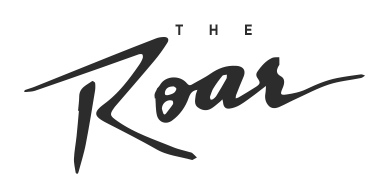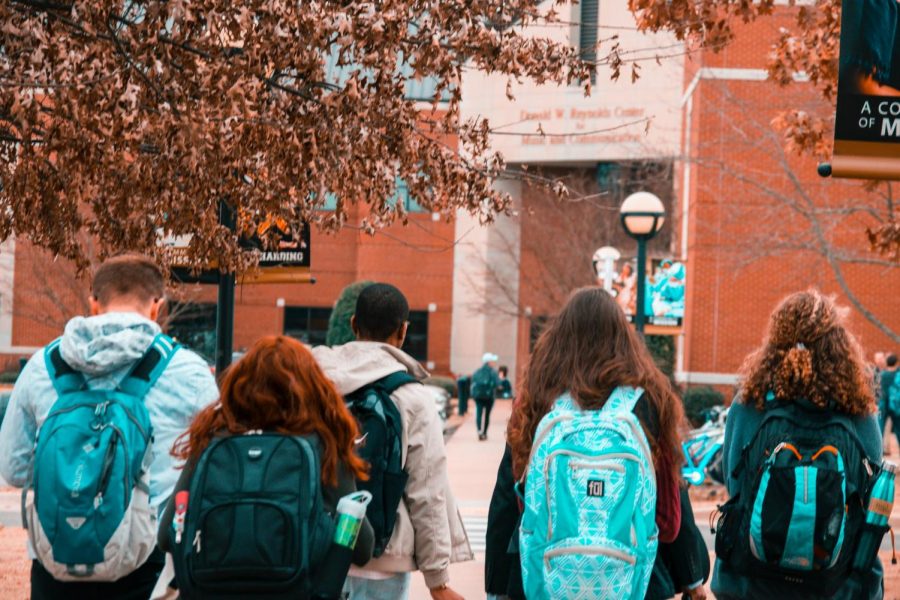Colleges Across America Seek to Bring Students Back On Campus
As incoming freshmen receive their acceptance letters and returning students plan their next semester, many colleges are affirming that they hope to have in-person classes and activities for the fall 2021 semester.
The future looks bright for university students as colleges outline their plans to hold in-person classes for the fall. Because of the steady roll-out of the COVD-19 vaccine, colleges are optimistic about a return to normalcy with the University of California (UC) announcing they would return to mostly in-person classes systemwide. Being one of the largest and most influential university systems in the country, their announcement was significant; US President Michael V. Drake said that “Current forecasts give us hope that in the fall our students can enjoy a more normal on-campus experience” [Forbes].
Other colleges that have announced plans for in-person include Penn State, the University of Maryland, New York University, and Harvard. In Virginia, James Madison University, Virginia Tech, and the University of Virginia have also spoken out about opening their campuses.
They hope that by affirming their decision to re-open, students will be more encouraged to attend because they would be receiving the typical college experience. “A big part of the residential college experience is arriving on campus and living in a dorm and doing the things that we all associate with college”, said David Hawkins, chief education and policy officer for the National Association for College Admission Counseling [Inside Higher Ed]. Because of this lack of normalcy in the past year, it is not surprising that enrollment in higher education fell by 3.3 percent last fall and 4.5 percent this spring [Inside Higher Ed].
Many colleges decided to go public with their plans due to the promise that the vaccine brings. That promise is big; as of March 25, the US has vaccinated 26 percent of the population, or more than 130 million people [New York Times]. But they realize that things are still uncertain, and their plans ultimately hinge on information and guidance from public health officials. “We clearly understand that we’re talking about people’s lives and their health… There’s an extra responsibility in considering bringing back students and faculty and staff…”, said Shannon Ellis, vice president of student services at the University of Nevada, Reno [Inside Higher Ed].
Colleges are no stranger to COVID outbreaks, however, as more than 120,000 cases have been linked to colleges since Jan 1 of this year, and 530,000 since the beginning of the pandemic [New York Times]. Of those, 100 deaths have been reported, but most were employees and not the students themselves [New York Times]. Holidays which bring travel are also a big spreader, but many note that these cases are mostly coming from parties and other social gatherings off-campus, which many university officials have publicly advised against. Classrooms have been proven to not be as high-risk for mass infections, so long as they are regularly cleaned and the proper social distancing and mask wearing guidelines are also followed.
It is an understatement to say many were upset at virtual learning in higher education; some threatened to sue institutions for tuition costs despite students not living on campus [Forbes]. At the rate of vaccine rollout, colleges and universities are likely to entice more students to commit for the fall semester than in the previous year. Still, success hinges on both the ability for public health officials to administer vaccines and new guidelines, and for college students to do their part to curb the spread. To get back to almost-normal campus life, the parties will have to wait just a little longer.


